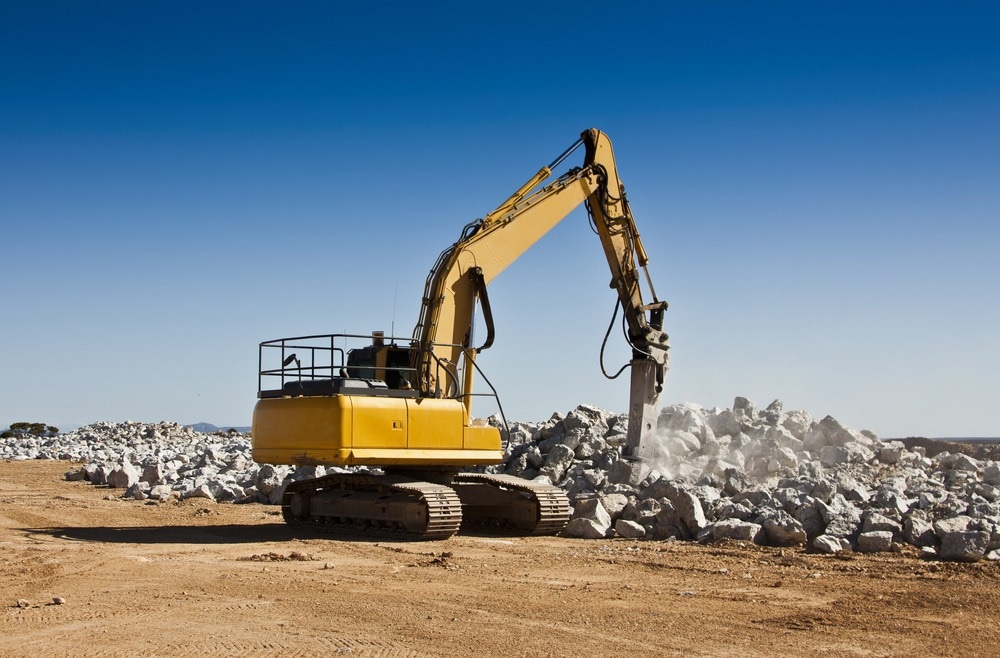Brunswick Exploration Inc. is happy to declare that it had map-staked 135 outcroppings, untested S-type pegmatites with strike lengths ranging from 500 to 14,500 m in Saskatchewan and Manitoba over a surface area of 81,288 hectares. Following compilation work, Brunswick Exploration identified the newly asserted pegmatites. All of them are located within 50 km of existing power or road infrastructure.

Image Credit: ason Benz Bennee/Shutterstock.com
We are very pleased to expand into Western Canada with such a robust and prospective portfolio of targets. Saskatchewan and Manitoba are reliable mining jurisdictions and boast some of the best outcrop exposure that we have seen in the Canadian Shield. Importantly, most of our package is within the Trans-Hudson belt which hosts lithium deposits in the Snow Lake region of Manitoba and the Black Hills of South Dakota.
Killian Charles, President and Chief Executive Officer, Brunswick Exploration Inc.
Charles added, “Currently, Manitoba hosts the only producing Lithium-Cesium-Tantalum (“LCT”) mine in Canada and it is surprising that more exploration work hasn’t been done in either province. These impressive grass-roots packages are a tremendous addition to our Canadian portfolio with helicopter-supported prospecting expected to start in Q2 2023.”
Saskatchewan
Trans-Hudson
In central Saskatchewan, close to and between the towns of Creighton, La Ronge, and Southend, the 36 claims make up the Trans-Hudson Project with 79,892 hectares in surface area. The 124 pegmatites on the properties have been mapped and interpreted, and their strike lengths range from 0.5 to 14.5 km.
According to historical geochemistry, preferred geologic environments, and mapping data, pegmatites were staked; a crucial point is that they have observed very little to no lithium exploration.
The Superior, Hearne-Rae, and Wyoming cratons of the Archean are connected by a chain of Paleoproterozoic volcanic and metasedimentary belts known as the Trans-Hudson orogeny. Numerous mafic, felsic, granitoid, gneisses, metasediments, quartzites, marbles, and pegmatites are present in this package.
Numerous S-type pegmatites are described as being white and containing beryl, tourmaline, garnet, or muscovite, indicating they have the potential to host LCT mineralization.
Lake Athabaska
This project is a single claim with 1,386 hectares of a surface area roughly 75 km west of Uranium City and close to the Alberta border. Two mapped pegmatites on the property have a strike length of about 1,500 m.
No lithium exploration has taken place on the claims, which were staked based on preferred geologic environments and historical mapping.
Manitoba
Lynn Lake
The area, about 20 km northwest of Lynn Lake and closer to the Saskatchewan border, is where the company has submitted applications for three mineral exploration licenses covering a combined surface area of 27,163 hectares.
In Northern Manitoba, Lynn Lake is a well-established mining center with all necessary infrastructure in place. Nine mapped pegmatites on the property range in strike length from 500 to 8,500 m.
Based on historical mapping and preferred geologic regions that have seen little to no lithium exploration, claims were staked. Within the Paleoproterozoic Trans-Hudson belt, which includes Brunswick Exploration Inc. claims in Saskatchewan, this project is present.